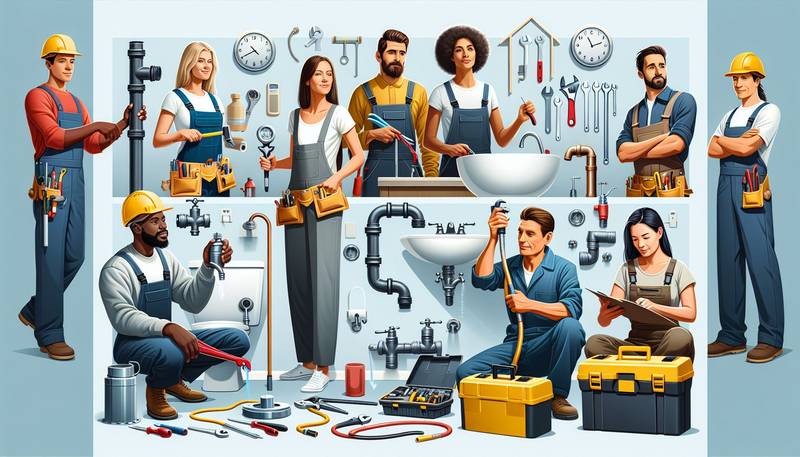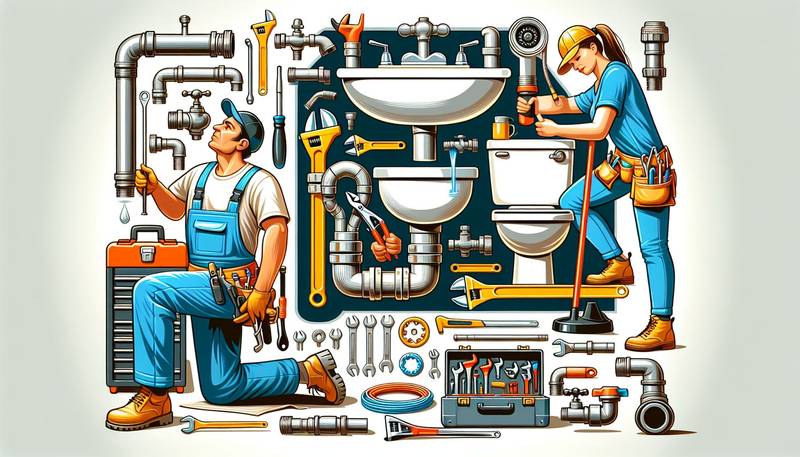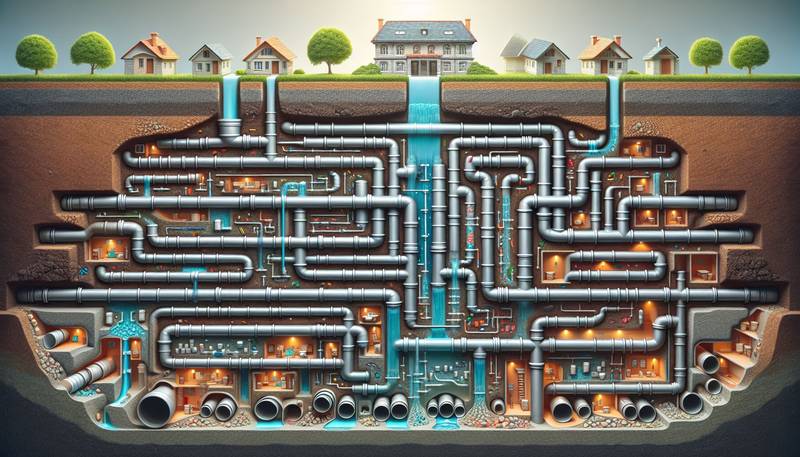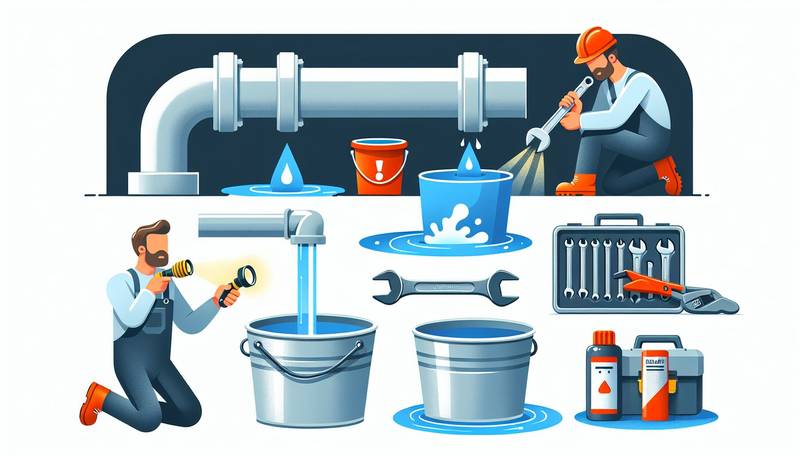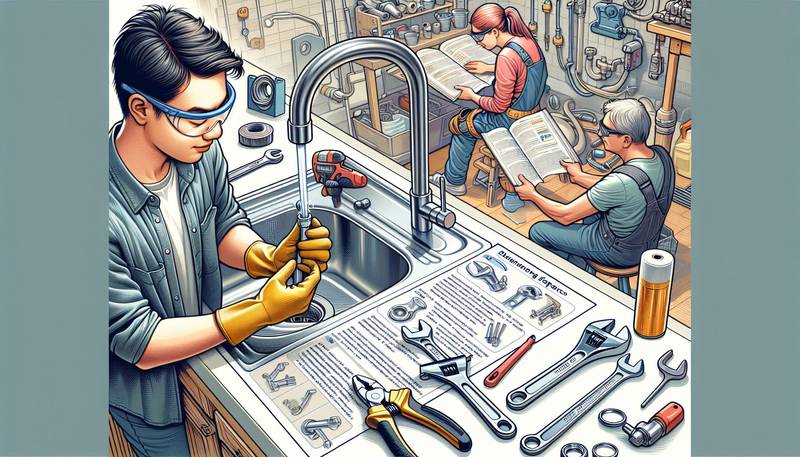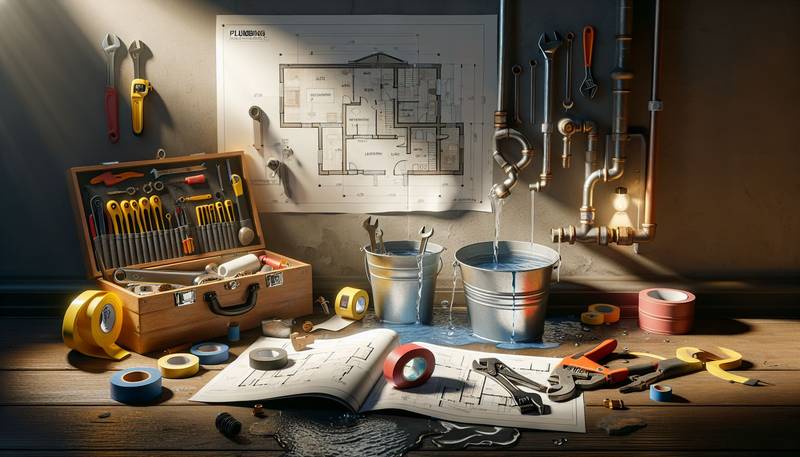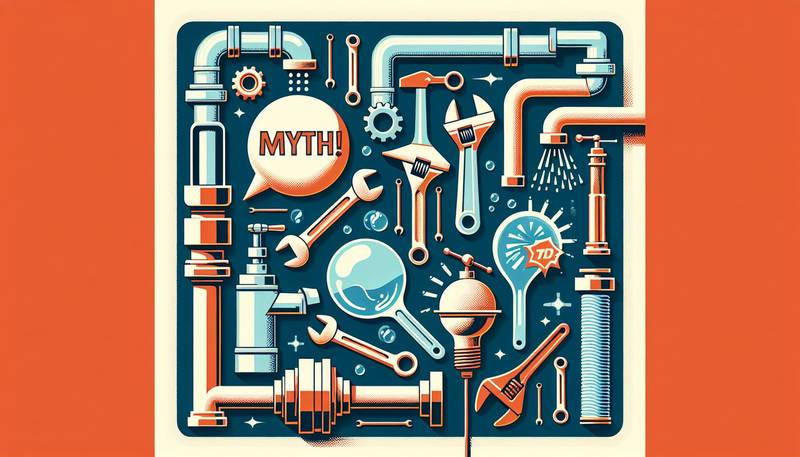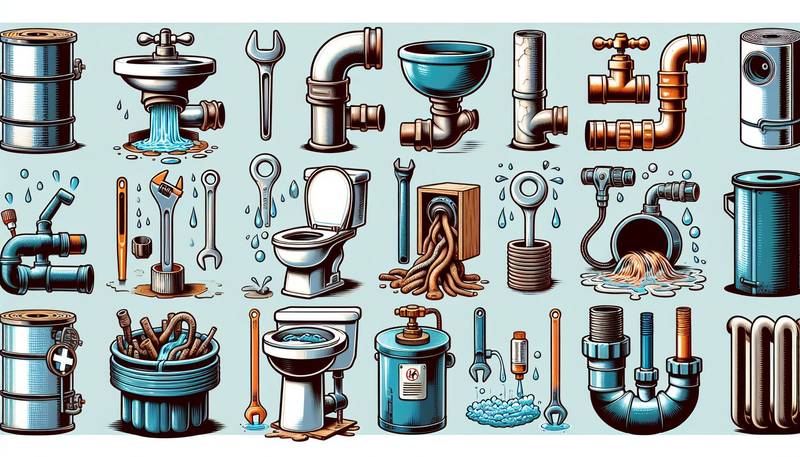The Evolution of Plumbing: From Ancient Aqueducts to Modern Technologie
In this article, we will explore the advancements in plumbing technology over time, from the basic water transportation systems of the past to the cutting-edge innovations of the present day.
Ancient Plumbing Systems
The earliest known plumbing systems date back to ancient civilizations such as the Egyptians, Greeks, and Romans. The Egyptians are credited with the development of the first known drainage system, which utilized pottery pipes to carry waste water away from homes and buildings. The Greeks further refined these systems, incorporating lead pipes for the transportation of water.
However, it was the Romans who truly revolutionized plumbing with their extensive aqueducts and sewer systems. The Roman aqueducts were intricate structures that provided a reliable water supply to cities and towns, allowing for the development of public baths, fountains, and plumbing fixtures in homes. The Roman sewer systems were also advanced for their time, featuring underground channels and cesspools to carry away waste.
Medieval Plumbing
Following the decline of the Roman Empire, plumbing technology stagnated in Europe during the Middle Ages. Many of the Roman aqueducts fell into disrepair, and sanitation practices regressed to a primitive state. It wasn't until the Renaissance period that advancements in plumbing began to resurface.
In the 16th century, European cities such as London and Paris began to implement rudimentary sewer systems to address the growing sanitation issues. Wooden pipes made from hollowed-out logs were commonly used to transport water, while lead pipes were also employed for the distribution of clean water. These early systems were far from perfect, however, as they were prone to leaks, blockages, and contamination.
Industrial Revolution and the Rise of Modern Plumbing
The Industrial Revolution of the 18th and 19th centuries brought significant advancements in plumbing technology. Cast iron pipes replaced wooden ones, offering greater durability and strength for water transportation. The invention of the flush toilet by Sir John Harrington in the late 16th century also became more widespread during this period, revolutionizing sanitation practices in Western societies.
One of the most important developments of the Industrial Revolution was the creation of the indoor plumbing system. Instead of relying on outdoor wells and pumps, homes and buildings could now be equipped with a network of pipes that delivered clean water directly to faucets, showers, and toilets. This improvement in convenience and hygiene marked a major turning point in the evolution of plumbing.
Modern Plumbing Innovations
Today, plumbing technology continues to evolve at a rapid pace, driven by advancements in materials, engineering, and design. Plastic pipes have largely replaced metal ones due to their flexibility, durability, and resistance to corrosion. Water-saving fixtures such as low-flow toilets and faucets have also become standard in new construction and renovations, helping to conserve precious resources.
Smart plumbing systems equipped with sensors and automation capabilities are another recent innovation in the industry. These systems can detect leaks, monitor water usage, and adjust temperature settings remotely, providing homeowners and building managers with greater control and efficiency. Additionally, advancements in water treatment and filtration technologies have made it possible to deliver clean and safe drinking water to a growing population.
Conclusion
The evolution of plumbing from ancient aqueducts to modern technologies is a testament to human ingenuity and innovation. What began as simple drainage systems in ancient civilizations has transformed into complex networks of pipes and pumps that deliver clean water and remove waste efficiently and hygienically. As our understanding of plumbing continues to grow, so too will our ability to create sustainable and resilient water infrastructure for generations to come.

